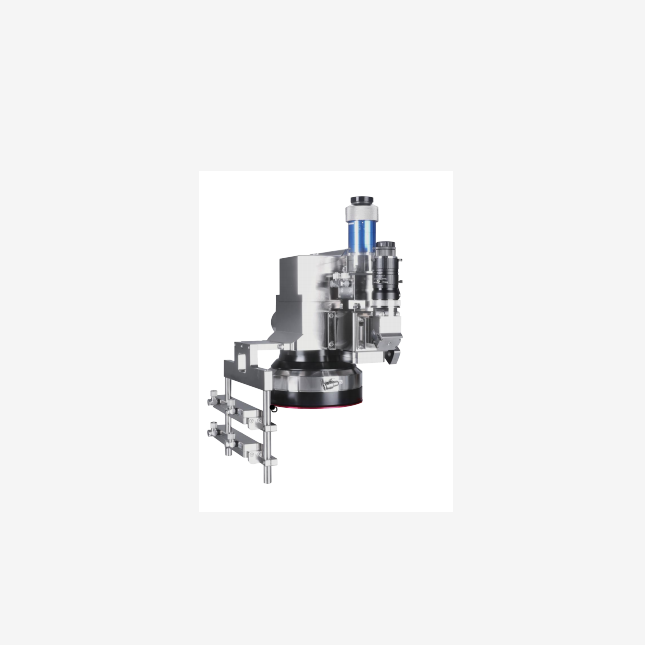
Laser head cooling refers to the process of dissipating the heat generated by the laser head during operation to maintain optimal performance and prevent damage to the system. Cooling is critical in laser systems because excess heat can degrade the performance of the laser and its components, leading to reduced efficiency, unstable output, and even permanent damage.
Depending on the type of laser and its power output, there are several ways to cool the laser head. Some common cooling methods include:
Air cooling: This method uses a fan or blower to circulate air around the laser head to dissipate heat. Air cooling is suitable for low to medium power lasers and is relatively simple and cost-effective.
Water Cooling: Water cooling is a more efficient method for high power lasers. It involves circulating water through a heat exchanger or coolant housing around the laser head to absorb heat. Water-cooled systems typically require more complex piping and additional equipment such as pumps and reservoirs, but they provide superior heat dissipation capabilities.
Liquid cooling: Similar to water cooling, liquid cooling systems use a liquid other than water, such as a specialized coolant solution or refrigerant, to dissipate heat from the laser head. Liquid cooling can provide better heat transfer properties than water and is suitable for high-power or specialized laser systems.
Thermoelectric cooling: Thermoelectric cooling, also known as Peltier cooling, uses the Peltier effect to transfer heat away from the laser head. It consists of sandwiching a thermoelectric module between the laser head and the heat sink. When current is applied to the module, one side becomes hot and the other side becomes cold, effectively cooling the laser head. Thermoelectric cooling is commonly used in small and portable laser systems.
Refrigeration cooling: Refrigeration-based cooling systems use a refrigeration device to cool the circulating fluid or coolant, which is then used to cool the laser head. Refrigeration cooling is suitable for very high power lasers or applications requiring precise temperature control.
The choice of cooling method depends on factors such as the laser’s power output, required operating temperature, space constraints, and cost considerations. Proper cooling is critical to ensuring the reliability, stability and longevity of your laser system.
